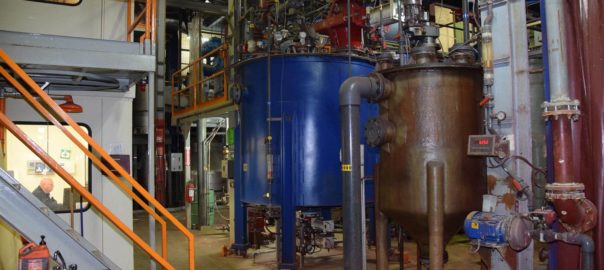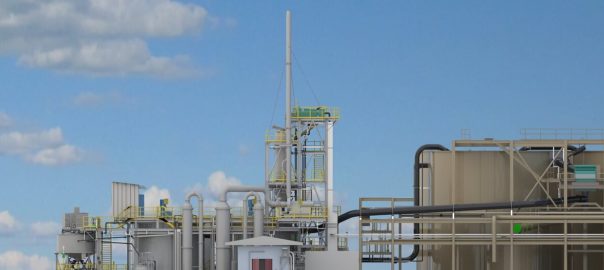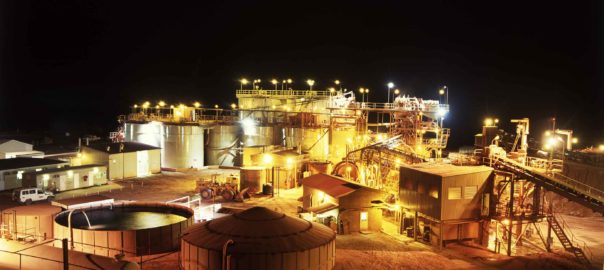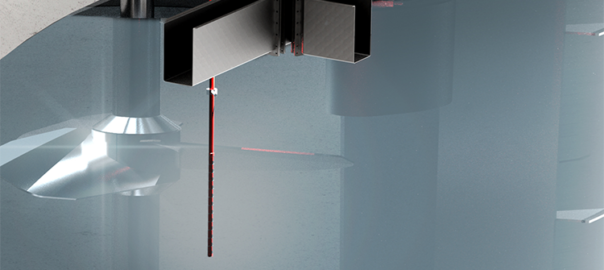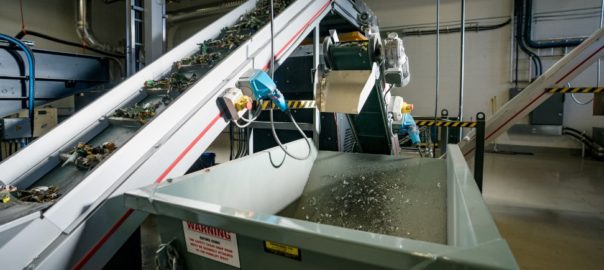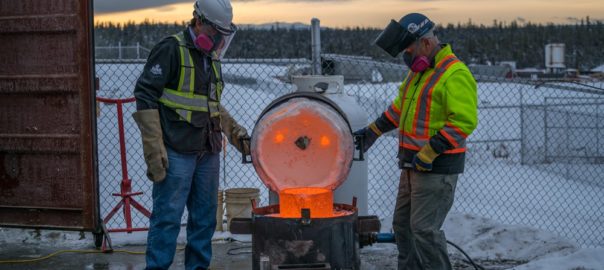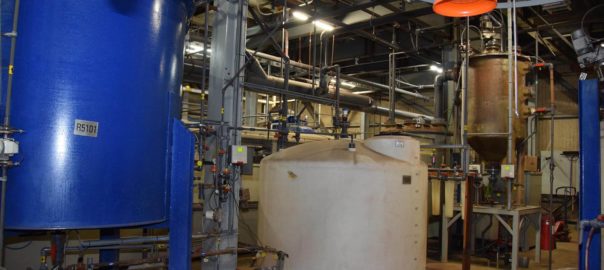Dundee Sustainable Technologies (DST) has hit a new milestone, with results from metallurgical testing on mineralised samples from a top tier gold producer achieving extraction yields of up to 95.6% with the help of its cyanide alternative CLEVR ProcessTM.
DST received a circa-10 kg sample of material from an operating gold mine in South America, with the company mandated by the producer to conduct a metallurgical test program at its facilities in Thetford Mines, Canada. The objective was to define and quantify the gold extraction amenability of the CLEVR Process on the provided material.
In May 2020, DST completed the metallurgical test program and says the direct application of the CLEVR Process on the producer’s sample achieved gold extraction yields of up to 95.6%. Given the low sulphide concentration of the sample, no oxidation was necessary before proceeding to the CLEVR Process leaching step, it noted.
The method used by DST uses no cyanide, produces no toxic liquid or gaseous effluent, and the solid residues are inert, stable and non-acid generating, according to the company.
“The direct CLEVR Process leaching, without any pre-treatment, was successful and demonstrated higher gold extraction yields (>90%) when compared with cyanidation (67.6%) tests conducted on the same material,” the company said. “DST’s standard CLEVR Process conditions were utilised, which allowed for superior gold yields in a fraction of the time (one-hour leaching time).”
In addition, the solid tailings residues produced by the CLEVR Process met the US Environmental Protection Agency’s Toxicity Characterisation Leaching Procedure and may be considered as non-hazardous waste products, DST explained.
“DST is very excited with the results obtained using the CLEVR Process and the collaboration with the producer,” the company said. “The corporation will continue its development efforts with the producer to further develop this promising opportunity and the technical and economic parameters of DST’s Technology.”
In March 2020, DST tested two distinct lots of circa-50 kg and circa-30 kg samples of representative material from a gold miner’s operating mine in the Asia-Pacific region. The laboratory metallurgical test program showed the direct application of the CLEVR Process on oxidised samples achieved gold extraction yields of 93.5% and 94.2%, respectively, for the distinct lots tested.







